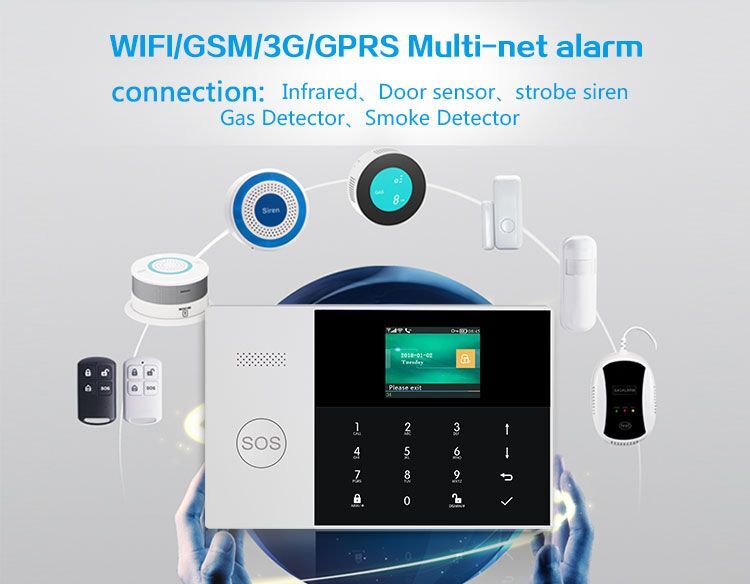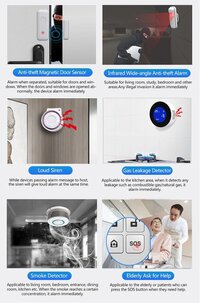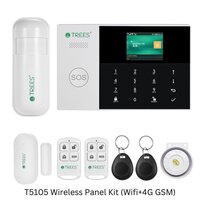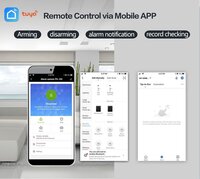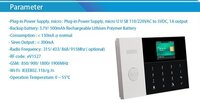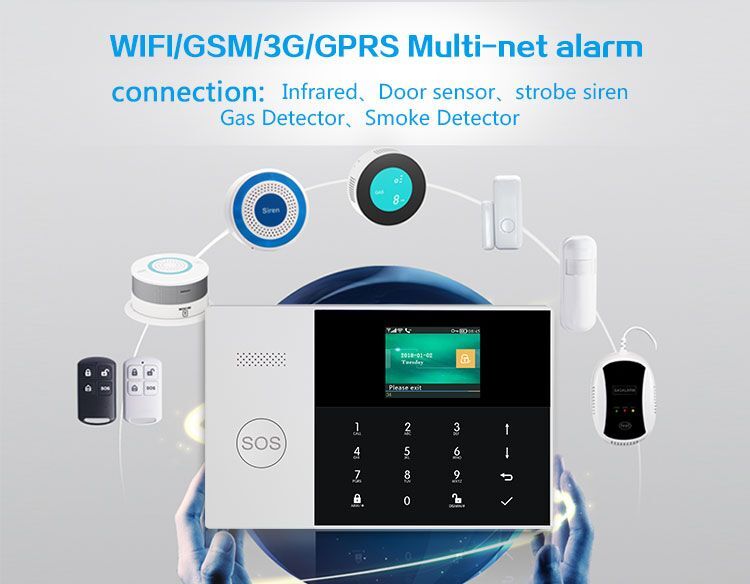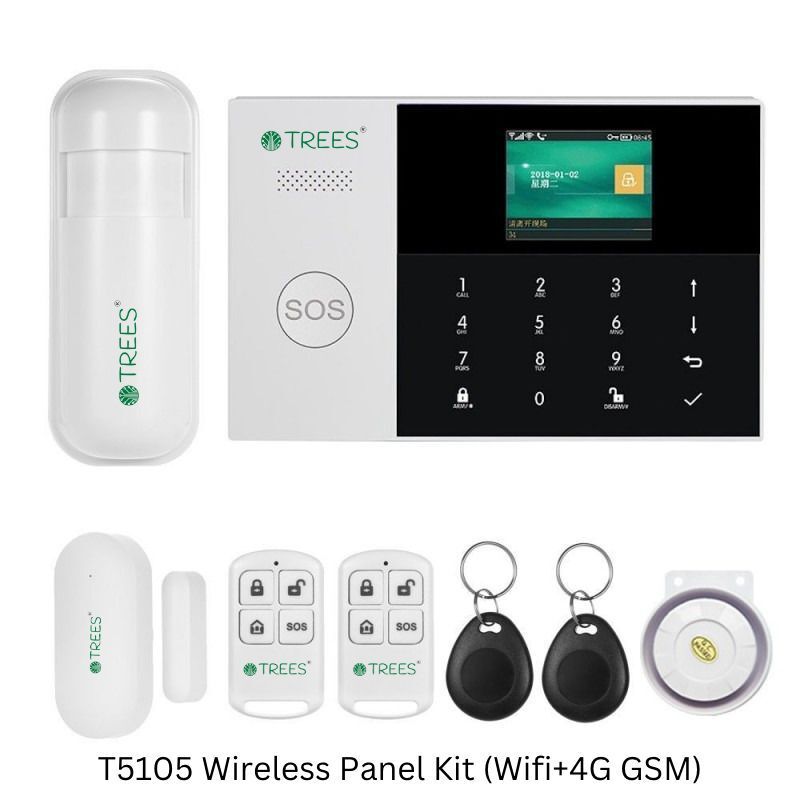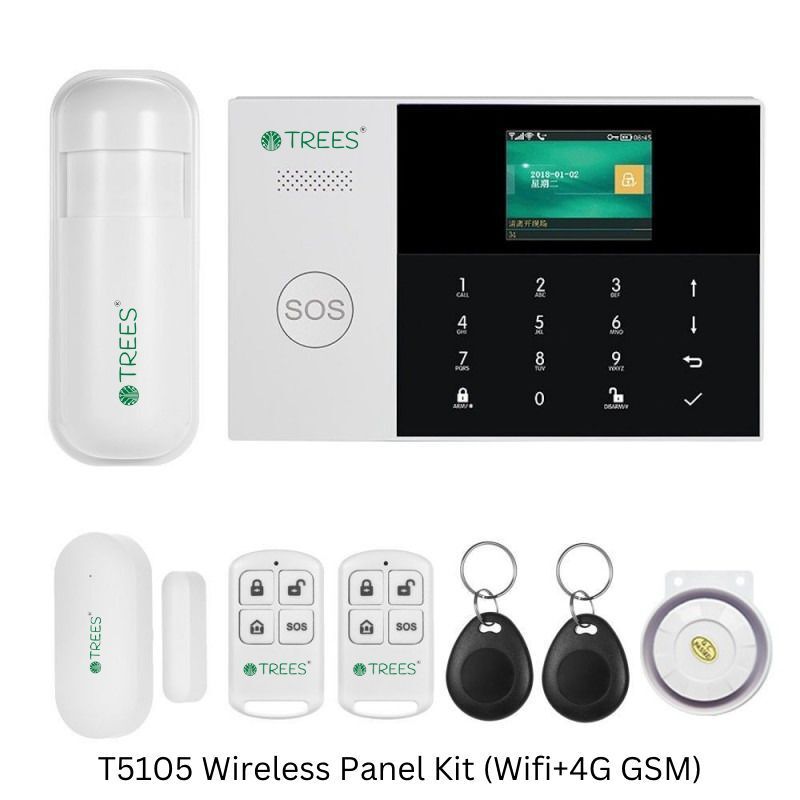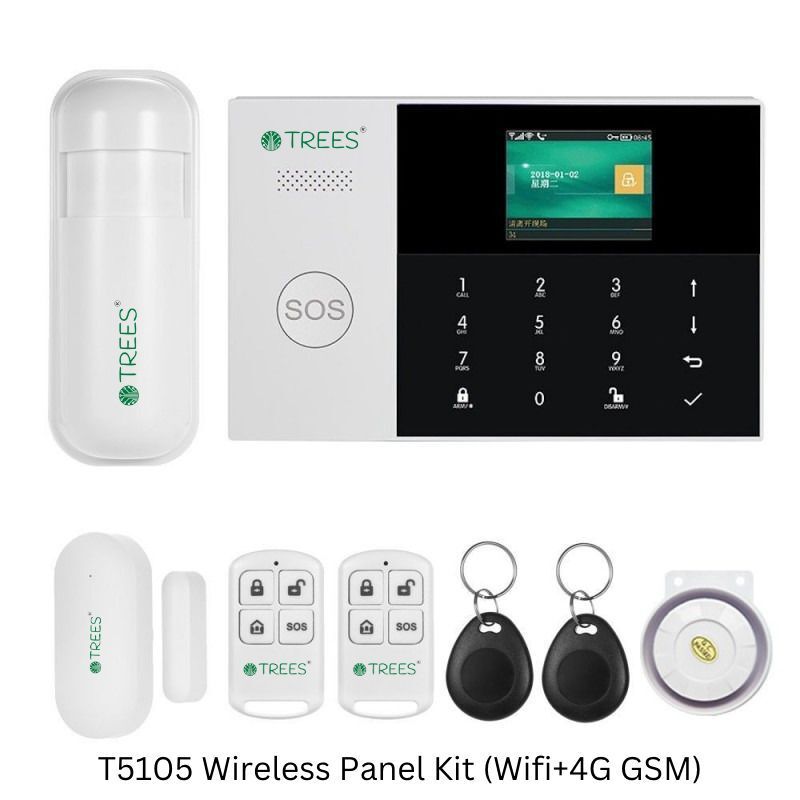SMART SECURITY SYSTEM
5950 INR/Number
Product Details:
- Dimension (L*W*H) 20*15*9 Centimeter (cm)
- Warranty 2
- Usage HOME, OFFICE , GODOWN , BANK , SHOP ETC
- Input Power 5 Volt (V)
- Material ABS
- Color BLACK
- Alarm PHONE CALL , SIREN , NOTIFICATION
- Click to View more
X
SMART SECURITY SYSTEM Price And Quantity
- 5950 INR/Number
- 1 Number
- 5950.00 - 37999.00 INR/Number
SMART SECURITY SYSTEM Product Specifications
- -20 TO 60 Celsius (oC)
- PALSTIC
- 50 Hertz (HZ)
- 600 Grams (g)
- Weather Proof
- BLACK
- ABS
- PHONE CALL , SIREN , NOTIFICATION
- 220V
- Yes
- 5 Volt (V)
- HOME, OFFICE , GODOWN , BANK , SHOP ETC
- Hotels, Restaurant, Indoor, Outdoor, School, Cinema Theater, Railway Stations, Airport
- 2
- 20*15*9 Centimeter (cm)
SMART SECURITY SYSTEM Trade Information
- Paypal, Cash Against Delivery (CAD), Cash on Delivery (COD), Cash Advance (CA), Cash in Advance (CID), Cheque, Days after Acceptance (DA), Delivery Point (DP), Letter of Credit at Sight (Sight L/C), Telegraphic Transfer (T/T), Western Union, Letter of Credit (L/C)
- 100 Number Per Day
- 2 Days
- Yes
- Sample costs shipping and taxes has to be paid by the buyer
- Asia, Australia, Central America, North America, South America, Eastern Europe, Western Europe, Middle East, Africa
- All India
- IEC BIS WPC LMPC
Product Description
A Smart Security System is a modern, technologically advanced security solution designed to protect homes and properties through the use of connected devices and smart technology. These systems offer convenience, automation, and remote control, allowing homeowners to monitor and secure their property from virtually anywhere. Below is a description of the key components of a typical smart security system: 1. Control PanelThe control panel is the central unit that manages and coordinates all security components. It can be operated via a touchscreen interface or controlled remotely using a mobile app. The control panel connects wirelessly to other devices in the system and is often equipped with a battery backup to ensure it remains functional during power outages. It allows users to arm or disarm the system, receive alerts, and monitor the status of the security system.2. SensorsDoor and Window Sensors: These sensors detect when doors or windows are opened or closed. They are commonly placed on the frames of doors and windows and trigger an alert when the magnetic connection is broken.Motion Detectors: These sensors detect movement within a monitored area using infrared or microwave technology. When movement is detected, the system activates an alarm or alerts the homeowner. Some motion detectors are designed to avoid triggering alarms from pets or small animals.Glass Break Sensors: These sensors detect the sound or vibration caused by breaking glass, providing an added layer of protection for windows or glass doors.3. Environmental SensorsEnvironmental sensors monitor potential hazards like smoke, carbon monoxide, and flooding. These sensors can alert you to dangerous situations, such as a fire, carbon monoxide buildup, or water leakage in areas like basements. When these sensors detect any danger, they send immediate notifications to your mobile device and trigger alarms to warn everyone in the household.4. Siren/AlarmThe siren or alarm is designed to deter intruders and alert those nearby to a security breach. When triggered by a sensor, motion detector, or manual command, the siren emits a loud sound and may also include a flashing light. The alarm is intended to scare off intruders and inform neighbors or passersby of a potential emergency.5. Mobile App IntegrationA major feature of smart security systems is their ability to be controlled remotely via a mobile app. This allows homeowners to arm or disarm the system, view live camera footage, receive alerts, and control other devices such as smart locks or lights, all from their smartphone. Push notifications keep users informed of events such as motion detection, door/window openings, or system status changes.6. Backup PowerA backup power supply ensures that the smart security system continues to operate even during a power outage. The system typically uses rechargeable batteries that can keep the system running for several hours to a day, depending on the systems configuration and the power requirements of connected devices.7. Smart Home IntegrationSmart security systems can integrate with other smart home devices such as lights, thermostats, and voice assistants (like Amazon Alexa or Google Assistant). For example, you can set up automation routines where lights turn on when motion is detected or control the system with voice commands. This integration makes managing your homes security system more convenient and enhances overall home automation.FAQs of SMART SECURITY SYSTEM:
Q: What is the power supply and input power required for the SMART SECURITY SYSTEM?
A: The SMART SECURITY SYSTEM requires a power supply of 220V and operates on an input power of 5 Volt (V).Q: Can the SMART SECURITY SYSTEM be remotely controlled?
A: Yes, the SMART SECURITY SYSTEM comes with remote control functionality.Q: Is the SMART SECURITY SYSTEM suitable for outdoor use?
A: Yes, the SMART SECURITY SYSTEM is weatherproof, making it suitable for both indoor and outdoor applications.Q: What type of alerts does the SMART SECURITY SYSTEM provide?
A: The system provides alerts through phone calls, sirens, and notifications.Q: What material is used to manufacture the SMART SECURITY SYSTEM?
A: The SMART SECURITY SYSTEM is made from durable ABS material.Tell us about your requirement

Price:
Quantity
Select Unit
- 50
- 100
- 200
- 250
- 500
- 1000+
Additional detail
Mobile number
Email
Other Products in 'WIRELESS SECURITY SYSTEM' category
TREES ENTERPRISE
GST : 08BSDPG3275K1ZK
GST : 08BSDPG3275K1ZK
198, Dwarika Colony, Pansal Road, Bhilwara,Bhilwara - 311001, Rajasthan, India
Phone :08045815101
 |
TREES ENTERPRISE
All Rights Reserved.(Terms of Use) Developed and Managed by Infocom Network Private Limited. |


